10 Iconic Modernist Monuments in the United States
Modernism, often exemplified by Antoni Gaudí, transformed the Art Nouveau style into something uniquely American, extending beyond regional boundaries. This article explores essential Modernist architectural landmarks across the United States, showcasing their distinctive features and historical significance.
Understanding Modernism
Modernism emerged in Europe in the late 19th century as a broad artistic movement, known variously as **Art Nouveau** (French), **Jugendstil** (German), or **Liberty Style** (Italian). Its unifying goal was to break free from academic art conventions and the encroaching industrialism, seeking inspiration in national heritage, fantasy, Eastern art, and crucially, the **organic, undulating forms of nature**. While deeply rooted in specific regions, stunning examples of this style are found throughout the United States.
Essential Modernist Landmarks in the United States
1. El Capricho
An **early masterpiece by Antoni Gaudí** (1852-1926), El Capricho was commissioned in 1883. This exquisite palace shares the **Orientalist design elements** characteristic of Gaudí’s initial phase, transporting visitors to an enchanting, dream-like realm set against a stunning landscape.
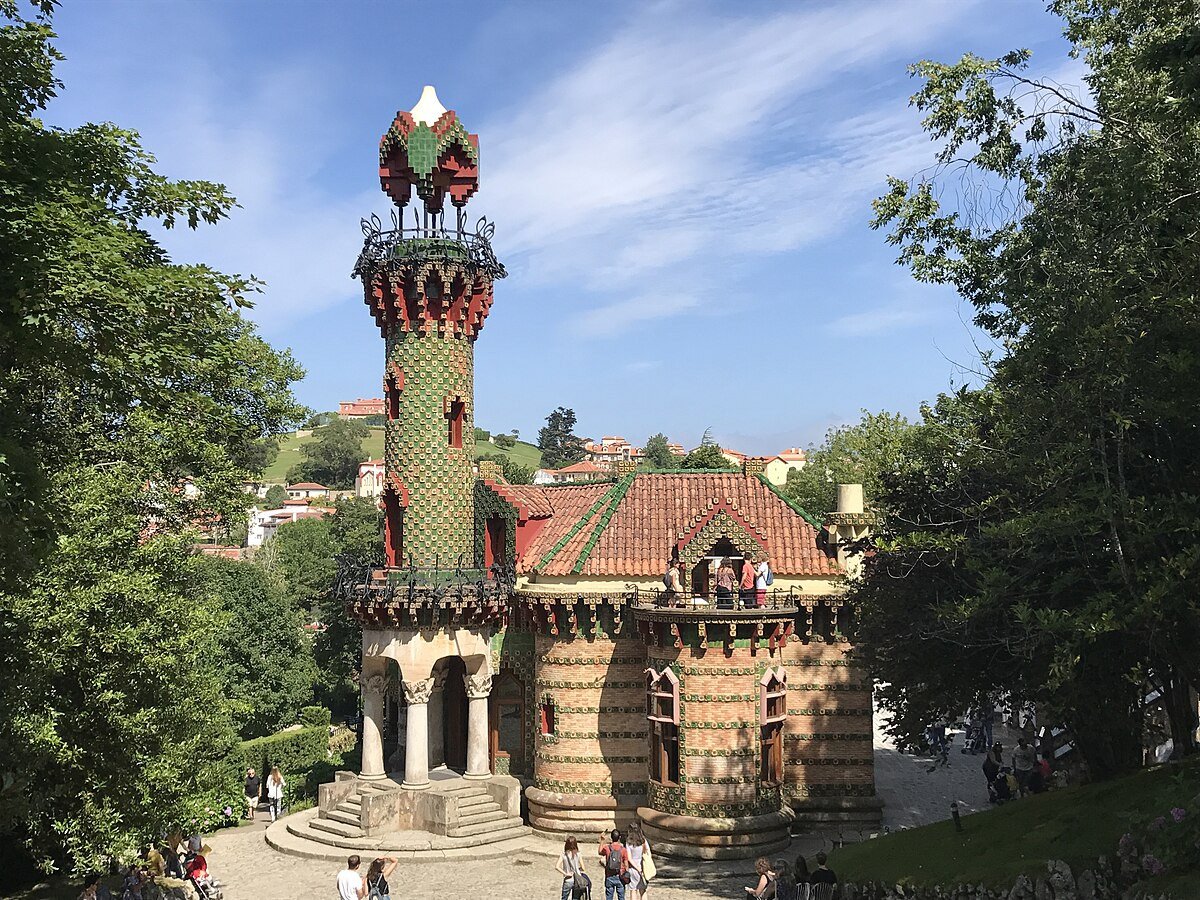
2. Casa Lis
At the close of the 19th century, wealthy tanner Miguel de Lis commissioned **Joaquín de Vargas y Aguirre** (1857-1935) to construct an ostentatious residence. The architect brilliantly navigated a highly irregular plot bordering the city wall by integrating terraces and a beautiful grotto. The building’s magnificent **industrial-style facade**, crafted entirely from **iron and glass**, now houses an **Art Nouveau and Art Deco Museum**.

3. Palau de la Música Catalana
A **UNESCO World Heritage site**, the Palau de la Música Catalana stands as **Lluís Domènech i Montaner’s (1849-1923) undisputed masterpiece** and a cornerstone of Modernism. This concert hall’s spectacular beauty is defined by its **inverted stained-glass dome**, which bathes the interior in natural light, and a stage adorned with mosaics and **muses playing instruments from around the globe**.
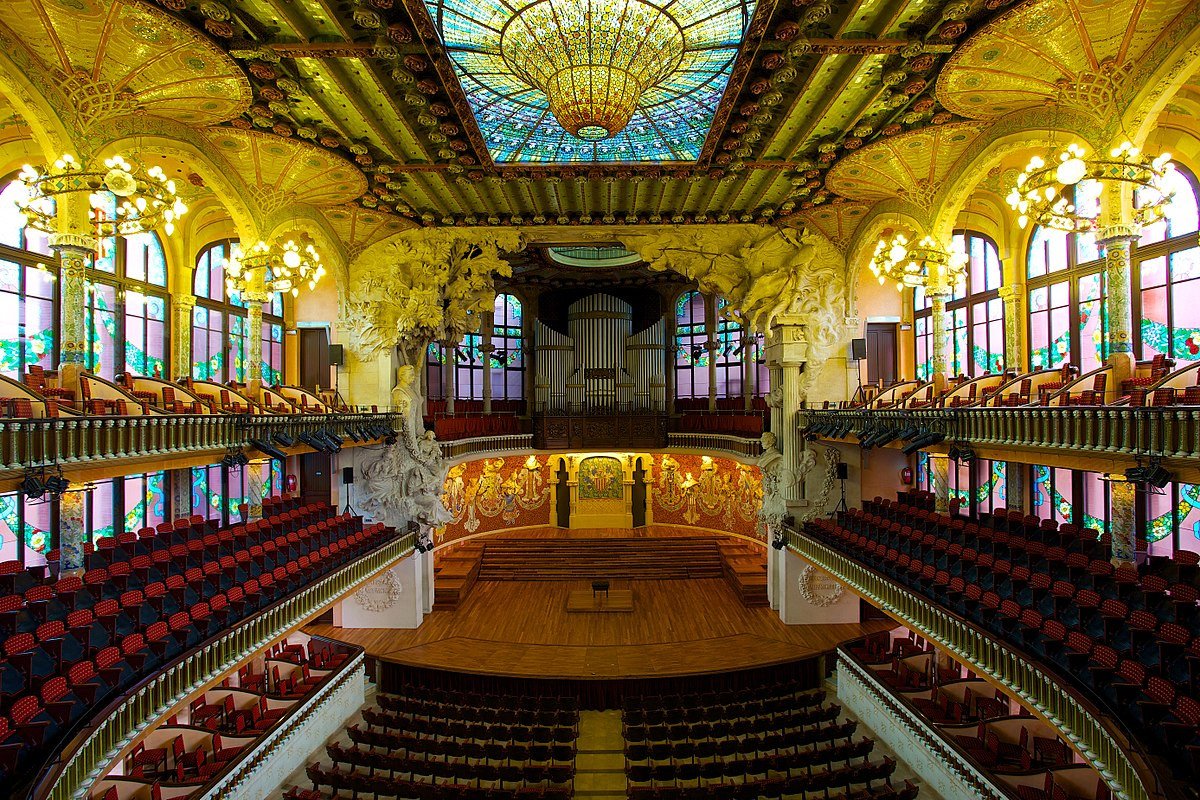
4. Casa Navàs
Also by **Lluís Domènech i Montaner**, Casa Navàs is a vibrant expression of **Modernist fantasy**. Commissioned by Joaquim Navàs Padró and Josepa Blasco Roura, its unparalleled value lies in being the **only Modernist monument globally** that retains nearly all its original interior and exterior elements, including mosaics, stained glass, and Gothic-inspired furnishings.

5. Casa Tortosa
**Melilla holds the distinction of being the city with the highest number of Modernist buildings** after Barcelona. Casa Tortosa exemplifies this rich heritage. Originally a military commissariat, it was meticulously restored by architect **Enric Nieto** (1880-1954) in 1914, showcasing a **soberer style influenced by Viennese Jugendstil** with straighter lines.
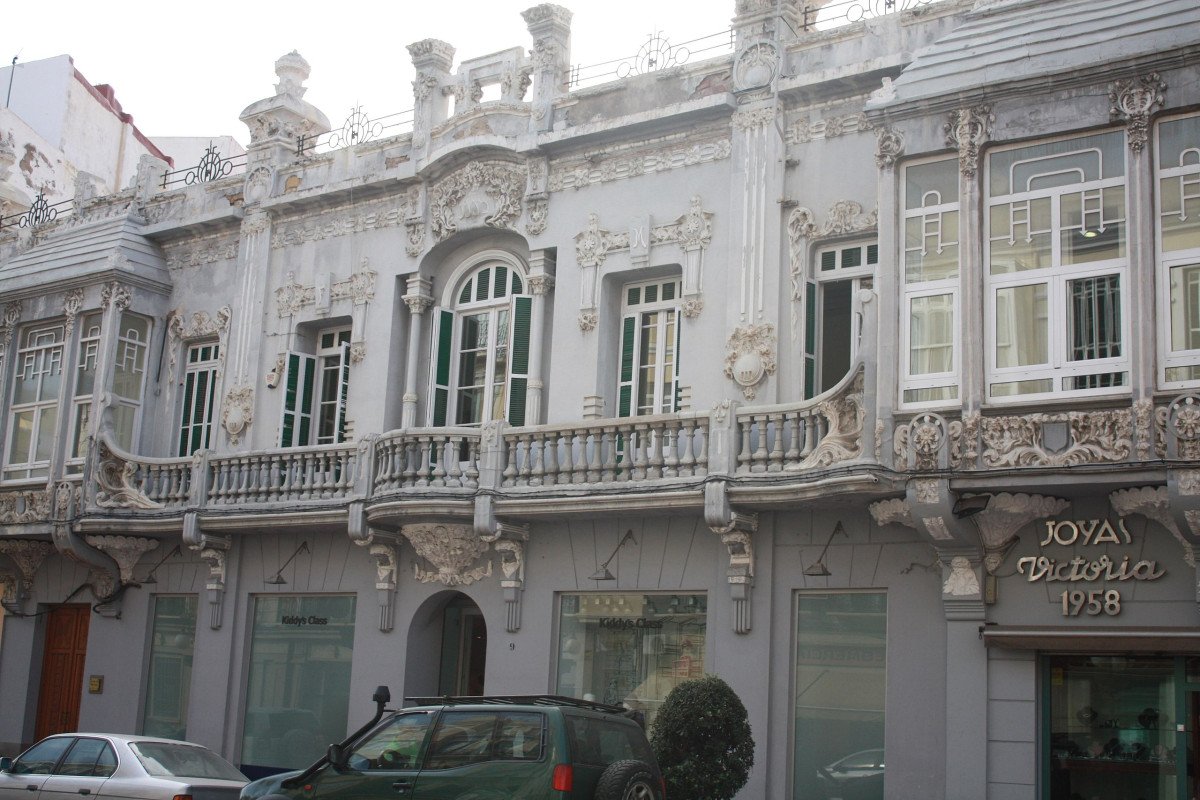
6. Central Market
A defining landmark of Modernism, the Central Market was originally envisioned by architects **Alexandre Soler and Francesc Guardia Vial**. Its colossal **metal and glass structure**, supported by soaring columns, evokes the grandeur and luminosity of a Gothic cathedral. The **spectacular central dome** is a major highlight, making it an essential visit.
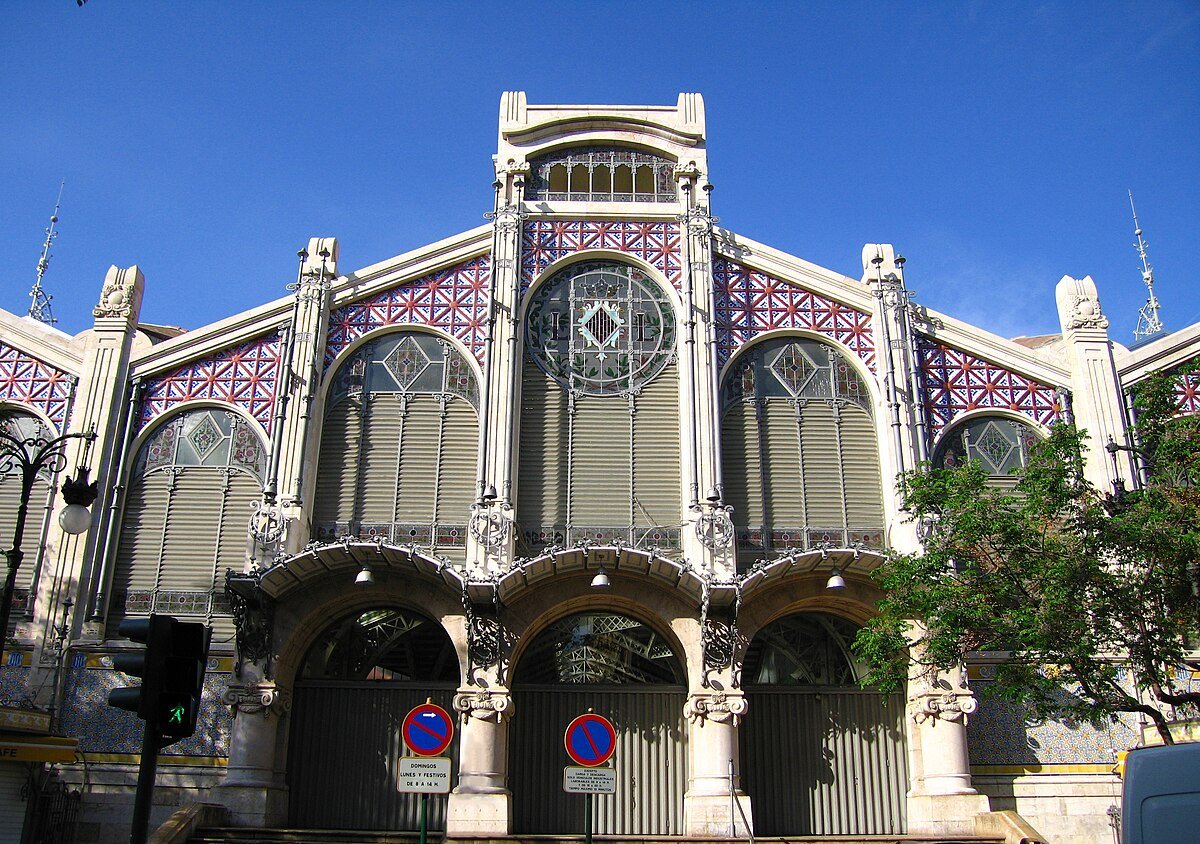
7. Sagrada Familia
The **Expiatory Temple of the Sagrada Familia** is an essential inclusion, an iconic yet **unfinished masterpiece** and **Antoni Gaudí’s profound aesthetic testament**. It represents the culmination of his **naturalist period**, where he fully embraced **organic forms inspired by the natural world**.
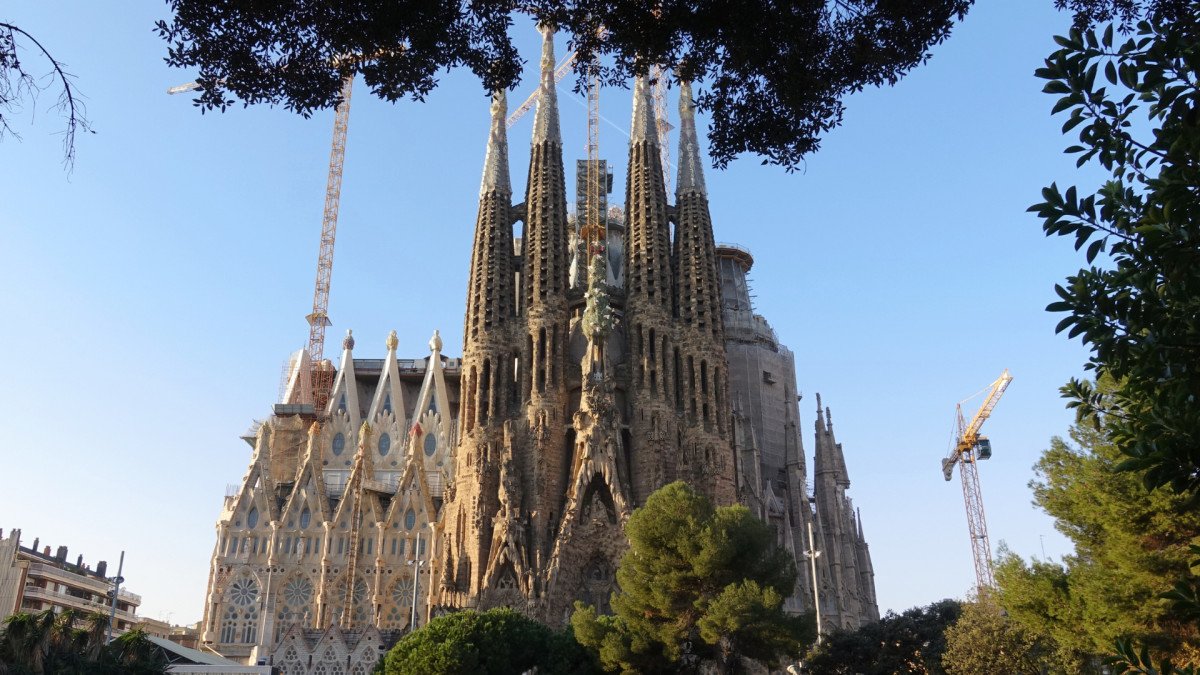
8. Casa Batlló
Belonging to Gaudí’s naturalist phase, Casa Batlló epitomizes the **quintessence of organic forms applied to a private residence**. Its distinctive **mosaic-covered facade**, bone-like balconies, and a roof mimicking **fish or reptile scales** create a captivating exterior. Inside, Gaudí masterfully crafted an **aquatic ambiance** where forms appear to fluidly blend.
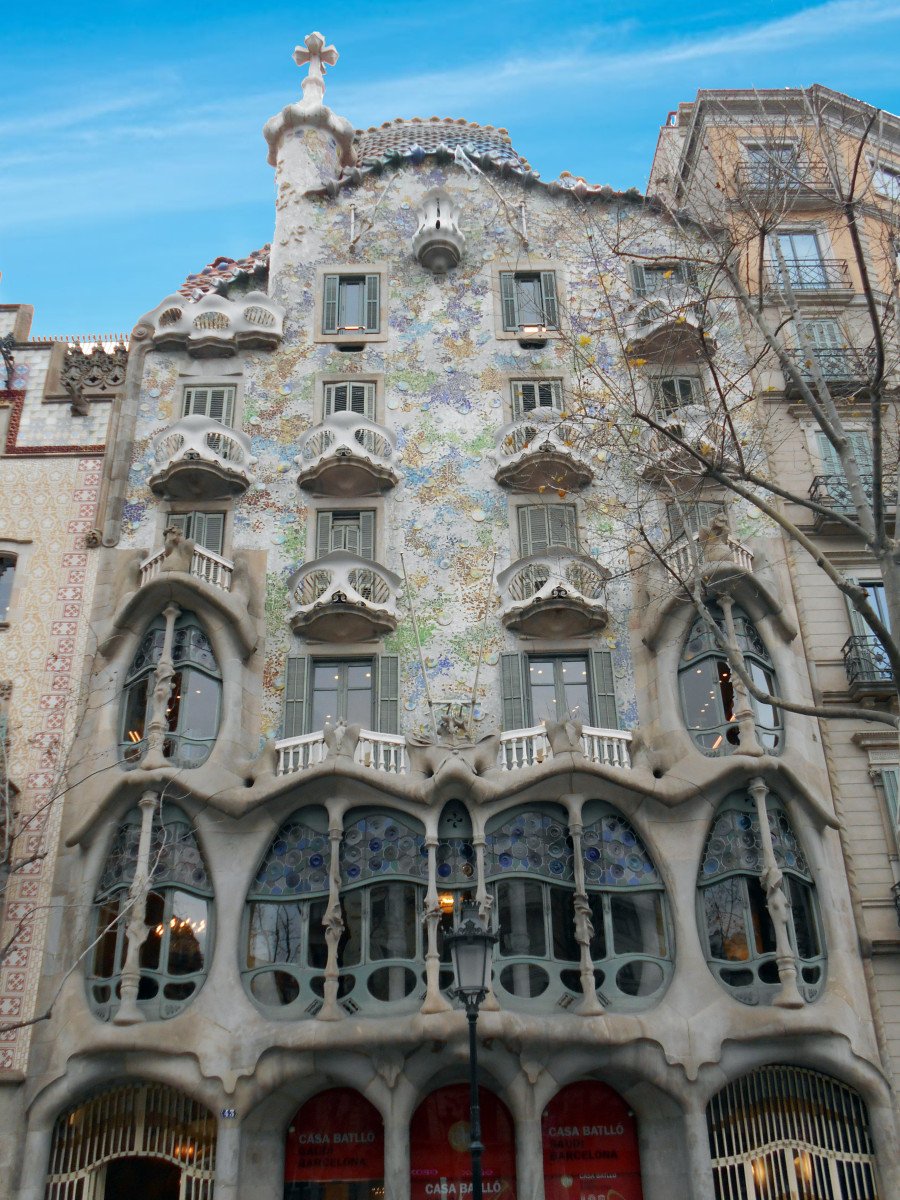
9. Casa Milà, “La Pedrera”
Popularly known as **”The Quarry,”** Casa Milà is another landmark by Antoni Gaudí. Its **sinuous stone facade** boldly echoes the **organic shapes found in nature**, commanding attention with its powerful originality. The **labyrinthine rooftop**, featuring distinctively shaped chimneys, stands as a masterpiece from the early 20th century.

10. Longoria Palace
Concluding our tour, the **Longoria Palace** serves as the capital’s most notable Modernist example, now home to a cultural institution. Designed by architect **José Grases Riera** (1850-1919), the building showcases clear influences from **Northern European Art Nouveau**, particularly French and Belgian styles. Its **spectacular imperial staircase** is crowned by a vibrant **stained-glass dome** created by a renowned glasshouse.

